
Solar powered torches used to be a joke, but with advances in LED, photovoltaic and battery technology genuinely useful camping lights are now available at affordable cost. Requiring nothing but sunshine, US company MPowerd's Luci range of inflatable lanterns pack down small, weigh relatively little, and kick out a lot of light. From travelling and car camping to lightweight backpacking, I've been using three different models from the range all spring. Within their limitations, they're great.
Aside from their performance, which is pretty decent in itself, there's a positive social and environmental angle too. MPowerd is something called a B-Corp. These are for-profit companies that also have a responsible ethos, and are certified to meet certain standards of social and environmental performance and accountability. MPowerd's model is to use sales in the developed world to fund donations of Luci lights to needful communities in less well-off countries, where many people struggle to get by without access to a reliable electricity supply. Switching to solar powered lanterns also helps reduce the use of dirty kerosene lamps, so that's a bit of a win-win.
These aren't the only inflatable solar powered lights on the market, nor even the only ones with a social conscience - see LuminAID for instance - but the Luci range is fairly priced, works well, and looks pretty cool. And set against the price tag is the cost and environmental saving you'll make over time versus batteries or mains electricity (assuming you charge them by solar power only)...
Luci EMRG - £19.95
The smallest model in the range, the EMRG is clearly the most useful for weight-conscious activities, be that hiking with an overnight load or travelling on a budget airline baggage allowance. At just 66g (as weighed at home) it ticks the lightweight box, and when deflated scrunches down to a size roughly equivalent to one of those collapsible camping cups.
Its 25 lumen maximum output is not going to set the world on fire, and in no way replaces a modern powerful headtorch for using on the move, but if you're simply illuminating a tent then it is more than adequate to read and cook by. On a couple of recent overnight trips I've brought both a headtorch and the EMRG for hanging around at camp, a combination that should save torch batteries for the more important things.
Five modes are available: low, high, flashing, steady red and flashing red. The life of its rechargable 350 mAh lithium-ion ferric battery is pretty good for its modest weight, but of course these things are always relative and at full output I'd put its burn time at only about 1.5 hours of useful light, after which it begins to dramatically dim. The manufacturers claim a maximum charge life of 7hrs, but in my experience by about 4hrs it's effectively dead; perhaps their figure relates to the (not particularly useful) red LED?
Unlike its larger brethren this model is solar-charged only, and requires eight hours of direct sunlight to come up to full capacity. On a recent sport climbing trip to Spain I found that was no problem, as the lantern could just be left out in the sun all day at the bottom of the crag. Of course in Britain's cloudier climate charging is more of a tall order. You can clip the unit to the outside of your pack, and it will certainly soak up some energy whatever the weather; but if out in the British hills for more than a couple of nights I wouldn't rely for light on the EMRG. In between trips it sits on my windowsill, so it is always well charged when needed.
The EMRG is waterproof, sturdy, and has a little loop for hanging it up. So far, so good; but aside from the limited burn time are there any other downsides? Well it is a little undignified and difficult to inflate, its shape and small nozzle being a poor match for a mouth.
More seriously, it would really benefit from a locking function. During a recent overnight backpacking trip I packed the EMRG in a rucksack pocket. When I came to using it in the tent at night, I found it was completely drained. It must have accidentally turned on in the day, something that can happen easily due to the prominent position of the switch and the fact that it only needs a gentle nudge.
In addition, I've found it can be surprisingly easy, when scrolling through the modes prior to packing, to leave the lantern switched to the flashing red LED setting instead of turned off. You need to give it more than a casual glance before putting it away.
MPowerd say:
Luci EMRG is a pocket-sized lantern, flashlight and emergency light all-in-one. Needing only sunlight to stay charged, Luci EMRG shines reliably through storms, blackouts, roadside trouble or whenever you need light. Waterproof, lightweight, and extremely durable, tuck one in your travel bag, keep one in your car and store one in your emergency kit.
Luci Pro Outdoor 2.0 - £34.95
At twice the weight (175g) but something like six times the output of the EMRG, the Outdoor 2.0 is a powerful lantern that's well suited to car camping and general travel, and though it's perhaps on the bulky side for minimalist backpacking trips (think collapsible camping bowl-sized) I've certainly used it in the hills too.
Its 150 lumen max output can really flood a tent or hut with light, so much so that for use in a smaller tent I'd consider it overkill on full power. Hang it up in a tree and you could illuminate a campsite of several tents. But rather than throwing out a harsh glare the 10 white LEDs have a warmer edge than you might expect. This is a fairly diffuse light too, not the directional beam that you'd get with a headtorch, so again the lantern is not a substitute for a torch so much as a supplement to one.
Burn time from its 2000 mAh 5V lithium-ion polymer battery is pretty good, if not quite as impressive as promised. According to MPowered you can expect up to 50 hours, but this must be on the lowest output; in a timed test at home a fully charged battery on maximum output gave me 4.5 hours of light. The light doesn't visibly dim as the battery drains, but rather goes on buring at full brightness until suddenly cutting out. A handy battery charge indicator is provided, so you can tell at a glance how much juice is left. Its larger capacity battery lasts longer than the EMRG's but also takes more time to charge in direct sunlight - a full 14 hours according to MPowerd. But it doesn't just rely on solar power, and can also be charged via a USB port - something you'll find handy if you're packing to go away and belatedly discover the lantern is dead. It takes about 4 hrs for a full charge via USB (rather more than the manufacturer states, in my experience).
An excellent feature is that the USB port is two-way, so you can charge an electronic device from the Outdoor 2.0. This effectively makes it a solar charger for your phone, and though it'd be less efficient than a simple solar panel, and you'd be unlikely to get a full phone battery charge from the lantern, this ability is certainly useful for an emergency boost when you're far from a mains socket.
Aside from being bigger, heavier and more powerful than the EMRG, the Outdoor 2.0 is easier to inflate by mouth. Tough and waterproof, it also has a more effective hanging strap with a popper fastener. However, just like the smaller model, there is no locking function on the power switch, and I think that's quite a flaw if you're carrying it in a rucksack.
MPowerd say:
Our toughest, longest lasting light ever, go further with the Luci Pro Series: Outdoor 2.0. With a two-way USB port, the Luci Pro Series charges from empty to full in just a few hours, and lasts 50 hours or more on a single solar charge. Or, top up the charge on your smartphone with the power of the sun.
Luci Pro Series: Lux - £34.95
Sharing the same electronics and functionality as the Outdoor 2.0, the Lux is equally useful in a campsite or hut. You get 10 white LEDs, the same 150 lumen max output, the same battery life and charge times, and that handy phone charging ability. There's only one notable difference - the finish on the plastic body of the lantern is frosted rather than clear. This gives it a softer, more diffuse glow, which is great if you want ambient lighting for that romantic al fresco dinner.
MPowerd say:
With a warm, natural glow, the Luci Pro Series: Lux effortlessly combines versatility, durability and elegant design to make every adventure epic. When sunlight is limited, charge it from empty to full in just a few hours and watch it run for 50 hours straight. When outlets aren't available, give your device an emergency charge with the power of the sun. Harness the full potential of sustainable, portable power with the Luci Pro Series.
Summary of the range
Solar powered lighting has finally come of age in recent years, and these lanterns from MPowerd are a good example. Saving money on batteries and reducing your environmental footprint into the bargain is a bit of a no-brainer, so if you're after a lantern for tent or bothy nights, or travelling on a tight baggage allowance, then the Luci range would take some beating. If at first sight they seem a bit plasticy, reminiscent of children's inflatable pool toys, in use they've proved themselves to be tougher than you might think, while being waterproof is a big advantage too when it comes to backpacking and wet weather camping. Battery life is not quite as impressive in practise as it looks on paper, but if you make sure to keep the lantern out in the sun all day then it's generally sufficient for the coming night. Of the three models I've been testing the little EMRG is best for lightweight backpacking and weight conscious travel - especially if you're heading somewhere sunny; however it is not very powerful, and is entirely dependent on the solar panel. The larger models, the Outdoor 2.0 and the Lux, are both equally useful for car camping, and if saving weight is not the ultimate priority then their extra functionality looks like good value. With these two you get a bigger battery capacity, a lot of light output, a handy poppered hanging strap and the ability both to charge the lantern via a USB and to use it as a solar charger for your smartphone. Overall there's a lot to like about Luci lights, and now they've converted me to the benefits of photovoltaic lighting I doubt I'll ever buy another conventional battery powered lantern.
- For more info on Luci Lights see: firstascent.co.uk




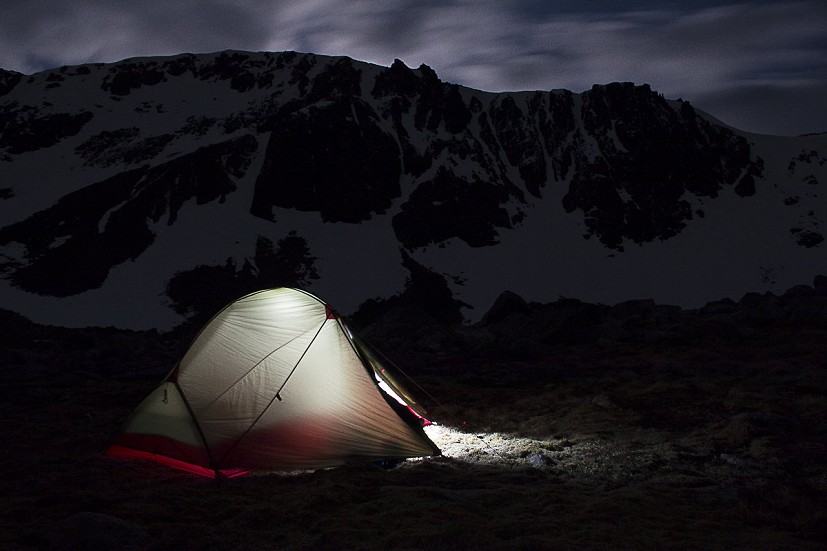
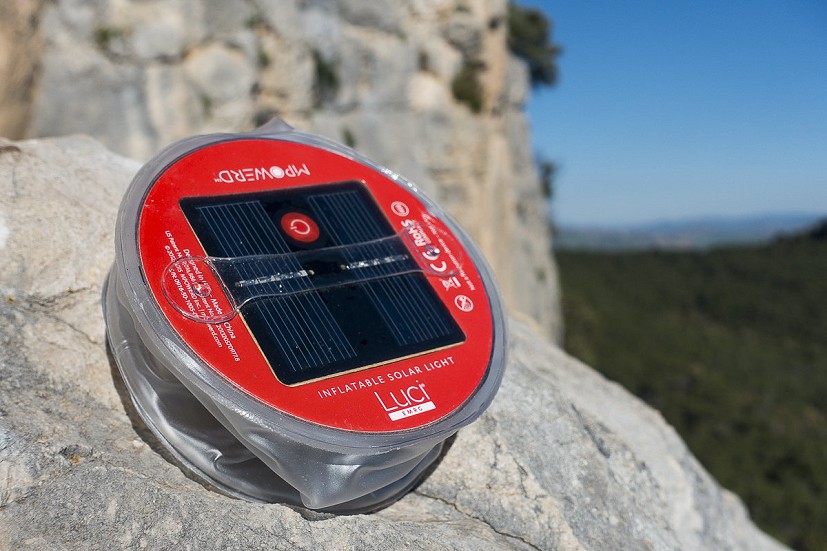
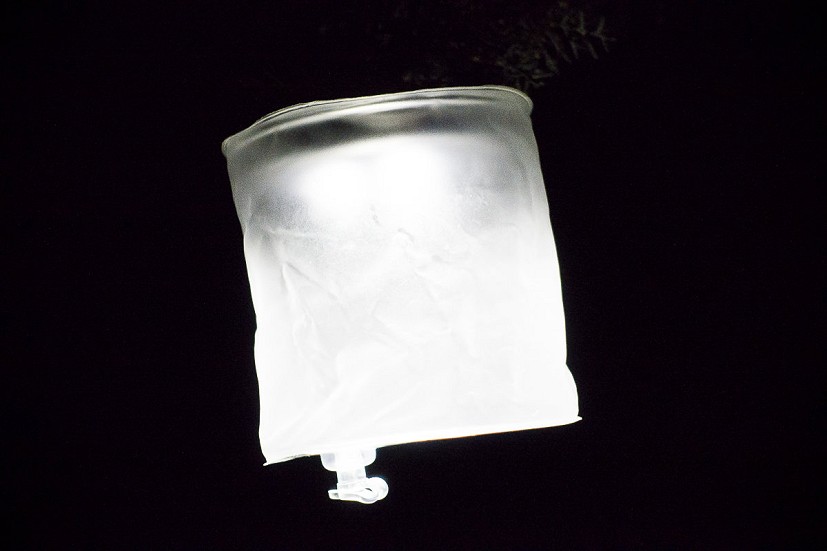

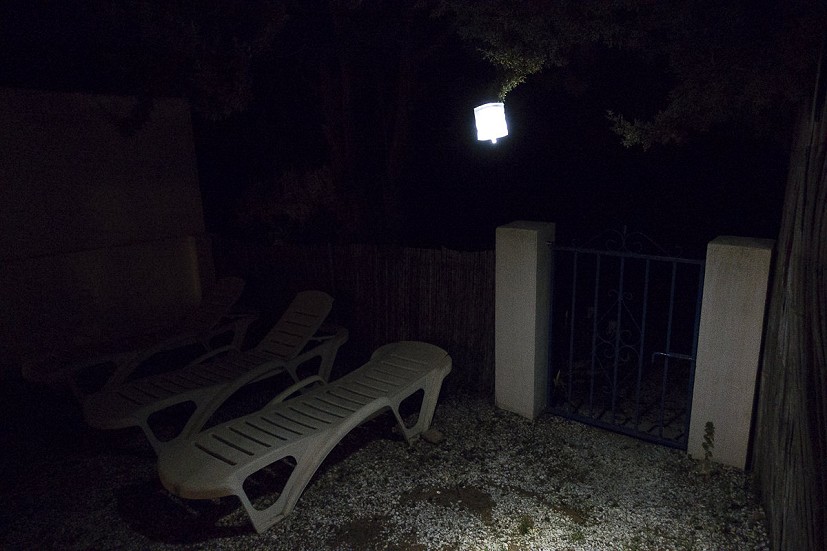
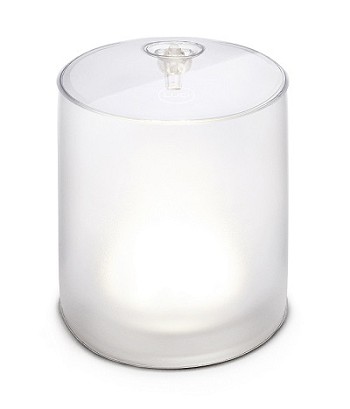
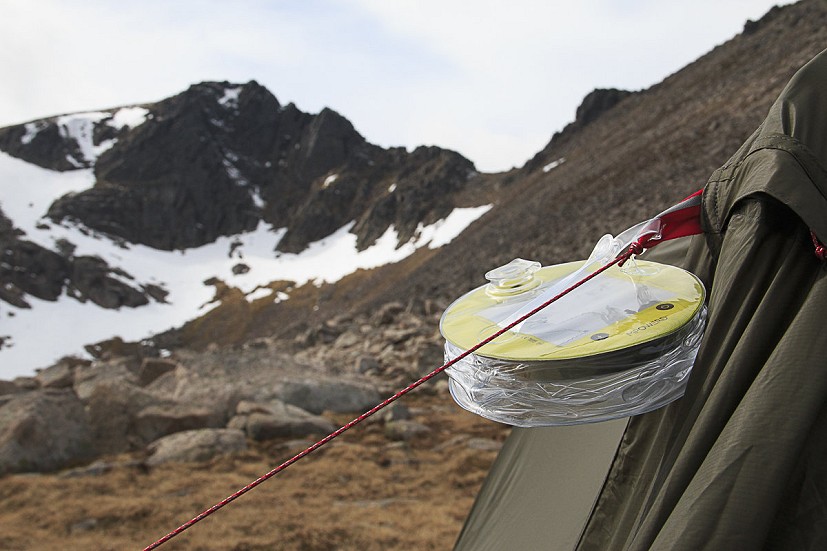
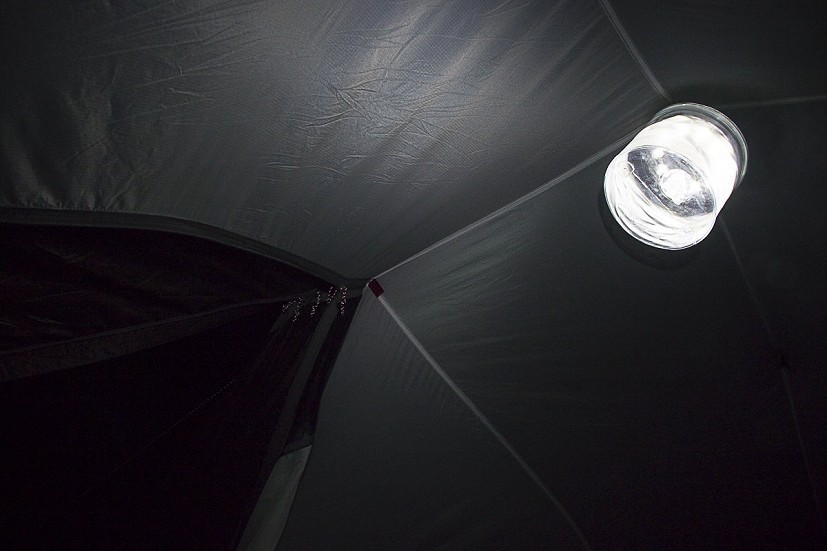
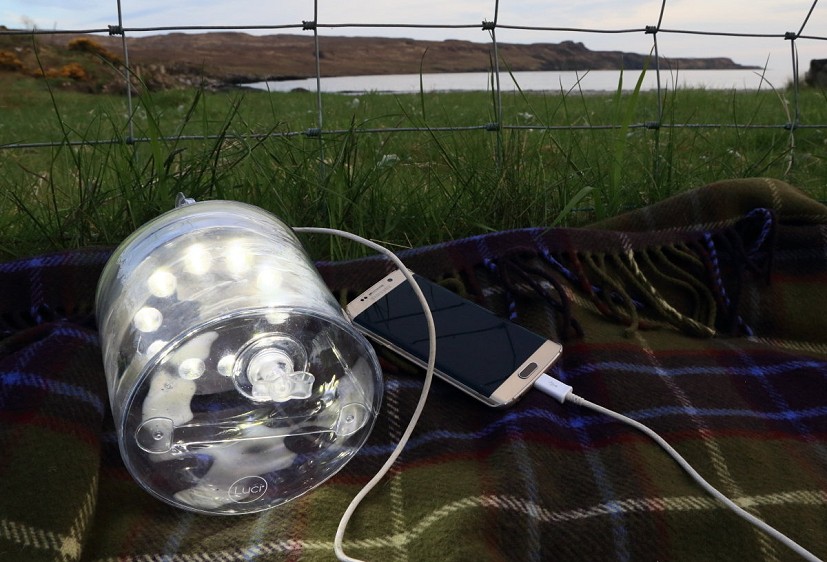
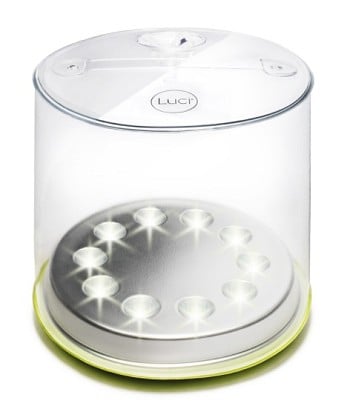
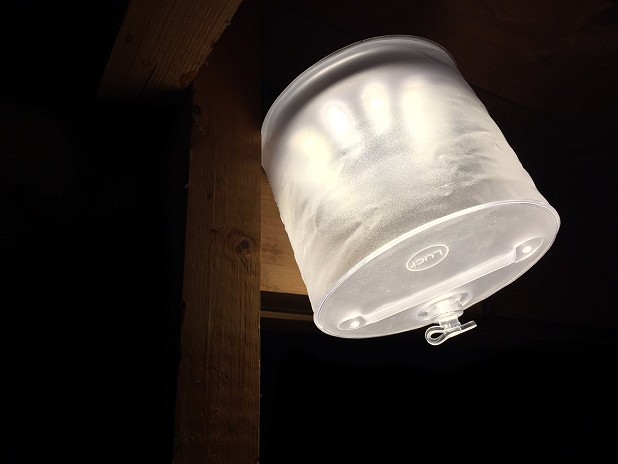
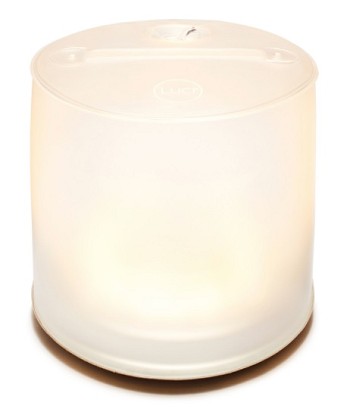

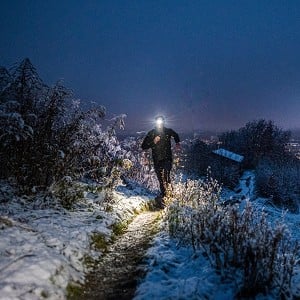

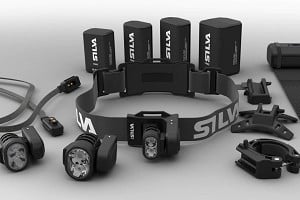
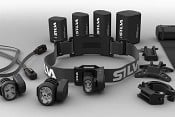
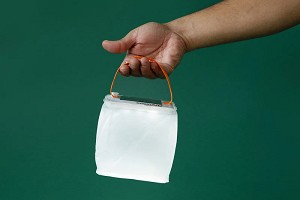






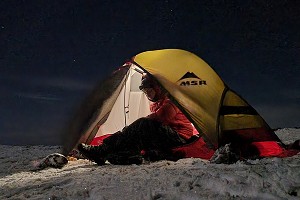
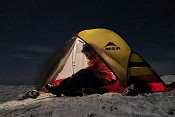
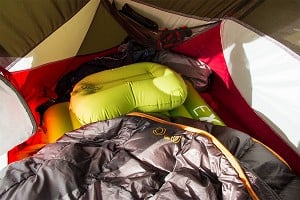
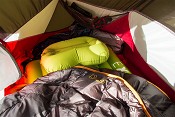


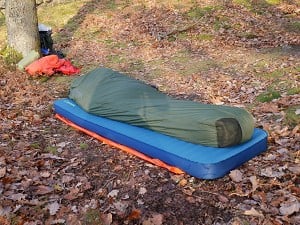
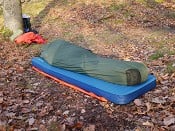
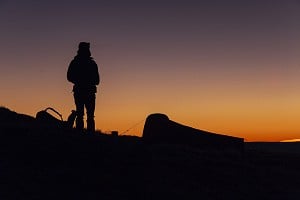



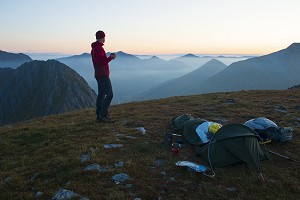





















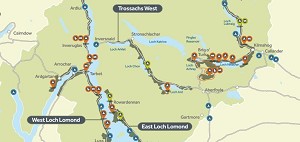





Comments
I've had one since christmas
For obvious reasons it was hard to get going initially, but ive used it a lot since Easter and its been great so long as i remember to charge it up. Bdtter for short nights and long days, i suspect